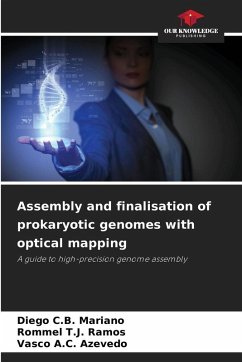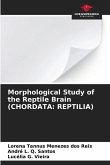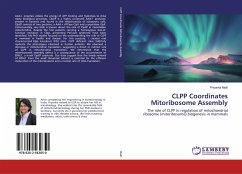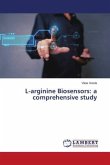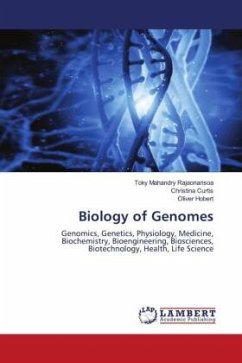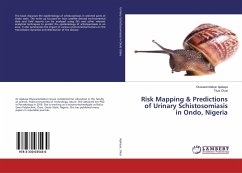The constant improvement of DNA sequencing platforms has reduced the time spent on the process of reading and identifying genomes at an increasingly lower cost. However, sequencers still have limitations, such as the size of DNA fragments they are able to identify. Thus, DNA is fragmented before sequencing, and after this step, it is reordered so that it can represent the original genome. This process, known as genome assembly, requires the use of various in vitro and in silico strategies. In recent years, several strategies for genome assembly have been proposed, but there is still no consensus on the best approach. Recently, several genomes have been finalised using a technique known as whole genome optical mapping (WGM). This technique allows for high-quality assemblies from a high-precision restriction map. The restriction map allows contigs to be oriented and ordered without the need for a reference genome. Optical mapping will usher in a new era of faster, lower-cost, and increasingly accurate genome assemblies.
Bitte wählen Sie Ihr Anliegen aus.
Rechnungen
Retourenschein anfordern
Bestellstatus
Storno

